'Working with Christy Ring was the best job I ever had, I loved every day'
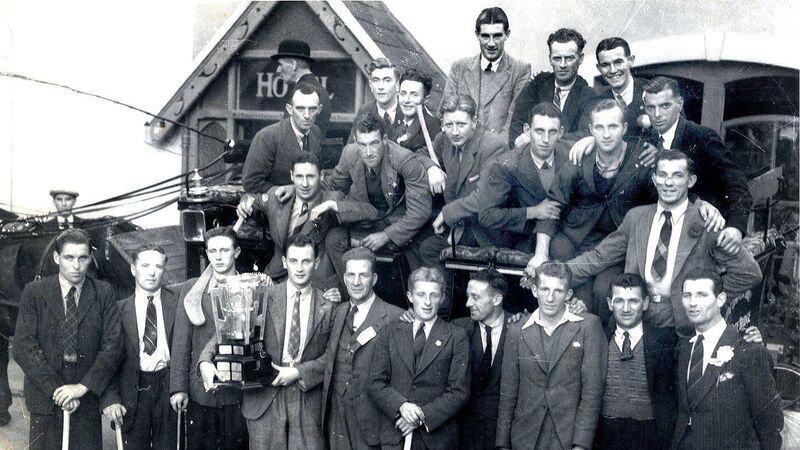
The All-Ireland winning Cork hurlers arriving back in Blarney in 1942 with the Liam MacCarthy Cup. Eddie Hogan is second from left in the back row, Ring is second right in the middle.
FOR hurling fans who were entranced by the wizardry of the greatest player to ever pick up a hurley, and those weaned on tales of his magic, March 2, 1979, is burned indelibly in the memory banks.
Even now, not a day goes by that Eddie doesn’t recall the brilliance of Ring, someone he was lucky enough to know as a man as well as myth. He treasures the Munster jersey Ring wore in 1952 marked with the number 15 on the back, three crowns on the front, and the knowledge it had been touched by greatness.

The programme from the 1942 All-Ireland final against Dublin also takes pride of place. It’s creased and fragile, but the signatures of every player from that team are still visible.

The first was taken at the train station in Dublin after the All-Ireland win, Eddie is in the front row next to Christy; his youthful grin and bright eyes capture his exuberance and pride.

Eddie’s older brother Paddy, a Glen stalwart who featured in a fearsome all-conquering full-back line of the ‘40s and ‘50s and started in four senior county finals for the Blackpool club, was a member of the 1938 Cork minor team. Back-to-back Harty Cup titles with North Mon saw him hurl alongside Ring.

“Cork were losing by two points and got a free and Christy came up the field and took the free from Kevin McGrath the regular free-taker, who is actually Donal O’Grady’s uncle. He buried it of course.”


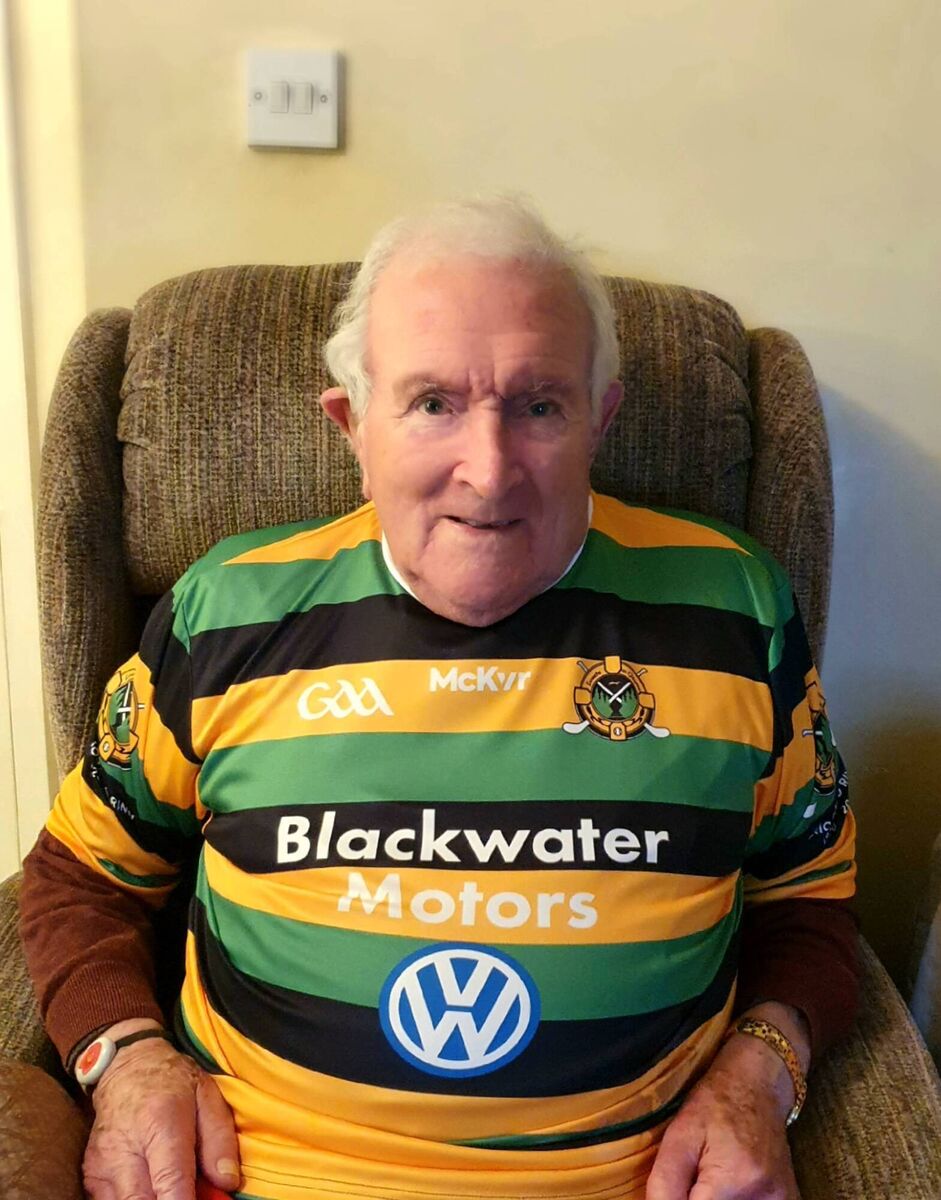

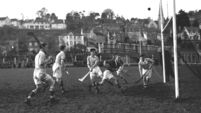

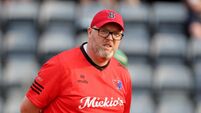
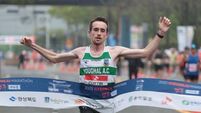
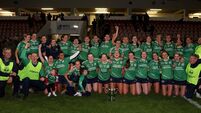
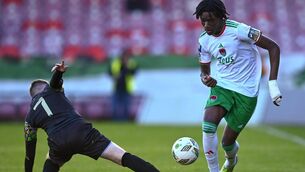
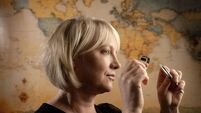

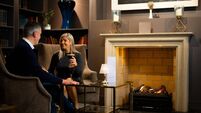
 App?
App?







